Project Management "Center of Excellence"
How the Center of Excellence can help in Project Management
Overview
Generating a Project Management Center of Excellence is the guiding force that takes the company forward to realize its project management mandate. It encompasses the method of making a strategy for project management, reshaping the culture to be more adapted to the consistency in the management of projects, and implementing a project management process.
Creating a Project Management Center of Excellence:
Center of Excellence has organization-wide authority. The key elements of a successful Project Management Center of Excellence include:
Vision and Strategies
A distinction vision of what it represents and the strategies to identify how it will reach this vision in the short and long term.
Competencies
The determination of assets in light of task capability prerequisites contrasted with genuine venture asset abilities. The distinguishing proof of instructing, preparing, and other formative exercises to close any ability gap.
Culture
The most effective method to reshape the company culture is to be steadier the consistency in the administration of tasks.
Processes
The right cycles, devices, and formats that are useful and significant to project managers and their groups.Quality
The quality criteria for the project management framework, processes, and documents.
1. Create the Vision and Strategies
One way to deal with making a dream the Focal point of Greatness is to conceptualize thoughts that emphasize what the future will resemble. Begin by making situations that depict what the Center will complete 5 years into what's to come. What is a portion of the things that they will do that mirror an effective Center of Excellence? What will workers and clients be talking about them? How could they arrive?
The result of this cycle is the making of a dream proclamation for the Project Management Center of Excellence. Decide how this vision adjusts and upholds the association's essential course.
The arrangement of the Center of Excellence to the objectives of the association is vital to driving technique execution. Methodologies make an interpretation of this vision into the real world. They close the gap between the present and the "ideal" future depicted in the vision situations. These methodologies should be depicted obviously so the association comprehends and acknowledges them.
Make a task culture where project management is an esteemed skill implanted in the company and where project pioneers and their groups embrace the venture of the executive cycles to guarantee that the company's projects follow through on their client, quality, and administrative objectives.
To encourage and uphold an authoritative culture of project management to guarantee more noteworthy responsibility and consistency.
Strategy Examples:
Project Team:
Project Plan:
All lower-level tasks will be no more than 5 days in duration.
All tasks will have a resource identified.
All tasks will have a predecessor and successor.
There will be no more than double the number of milestones to the number of deliverables.
Scope Statement:
Strategy Examples:
- Foster a productive project culture where everyone involved in projects comprehends their job and responsibility in guaranteeing project achievement.
- Support a consistent correspondence interface between the senior management team and the Project Managers and furnish them with exact estimations on the progress of all projects.
- Develop intuitive and simple-to-use project tools, templates, and reports that convey the right level of documentation and data to stakeholders.
- Assess project manager and team competencies to make formative plans which will build their skills for the project job.
2. Identify and Develop Competencies
The key liability of a Center of Excellence is to assist in the choice of the right PM and center with joining assets. Without capability assessment devices, the best individuals with the right information, abilities, and experience won't generally be doled out to a project.
A capability is the information, abilities, capacity, and qualities related to the elite execution of a task. Skills can likewise assist with recognizing elite execution from normal and low execution. Foster capabilities for the Project Sponsor, Project Manager, and different kinds of Colleagues. Make a capability evaluation to recognize the skill prerequisites for a particular task which can measure up to the skills of the singular assets to be doled out to the project. Recognize the gaps between the task prerequisites and the asset abilities. Give preparing, instructing, or potentially tutoring to assist with losing the gap.
3. Develop the Project Management Culture
On the off chance that project management is incorporated into the corporate culture then every individual who deals with a task will quickly understand what they need to do. They will not need to find a PMO to let them know how to deal with the project, what devices to utilize, what formats to utilize, and so on. Project Management will be a capability implanted into everybody's job. Here are the moves toward re-shape the authoritative culture to be more project-centered:
- Making a definition for “Project Management Culture.”
- Research the association (center gatherings, reviews, and so forth) to figure out what they would anticipate from major areas of strength for an administration culture. (Utilize project culture evaluation)
- Verify that the Project Management Center of Excellence's vision and strategies align with the results of the project culture evaluation.
- Survey projects are overseen over the last year to distinguish their difficulties and to set out the open doors for development that a solid project management culture will give.
- Develop project management competencies to guarantee the ideal individuals will be allotted to projects.
- Identify training requirements for each and every individual who is engaged in a project.
- Sustain the new project culture through reviews and audits.
4. Develop Project Management Processes
Some companies lack a consistent approach to the management of projects. Others have implemented tools, templates, and methodologies – but project performance did not change. Most companies operate with a diversity of project cultures that change from one project to the next, from one department to the next. Every time a resource works on a project they have to learn a new approach, new templates, etc. This is very time-consuming and decreases project productivity. The missing elements are consistent project management processes, tools, and templates that can be used on all types and sizes of projects.
Project Management best practices should be inserted into the very framework and support systems of the company. Research shows that the main reason that projects fail is poor planning. Having effective, predictable, and reusable project management tools, techniques and processes make it much easier for project teams to successfully deliver projects. It appears as a breakdown of correspondence, missed cutoff times, and running over budget. Accordingly, having appropriate project management instruments and formats joined with training on the most proficient method to utilize them will assist companies with altogether further developing the success rate of their projects.
5. Develop Measurable Quality Standards
Three international standards help to provide the foundation for the development of quality standards for the projects. These are:
PMBOK – The Project Management Body of Knowledge created by the Project Management Institute.
- ISO 10006:2003 – Guidelines for Quality Management in Projects
- ISO 21500:2012 – Guidance on Project Management
- The Project Management Centre of Excellence should develop quality standards for all project processes and documents
- Examples of project quality standards:
Project roles and responsibilities are defined, documented, and communicated to all stakeholders. Each project team member’s competency is compared against competency requirements.
Project team competency gaps are closed through training, mentoring, and/or coaching.
Project Plan:
All lower-level tasks will be no more than 5 days in duration.
All tasks will have a resource identified.
All tasks will have a predecessor and successor.
There will be no more than double the number of milestones to the number of deliverables.
Scope Statement:
The project goal identifies, in a single statement, what is the project and why it is important.
Each deliverable will identify the work to be accomplished and how it will be measured.
By accomplishing the work described in the scope, the project requirements will be satisfied, the project’s goal will be achieved, and the identified stakeholder’s expectations will be met.
Conclusion
A Project Management Center of Excellence will assist your company with understanding its essential objectives. It will help activities to be overseen inside their imperatives and to meet their expectations. It'll make the quality standards to give the right estimations to the board. It will assist with reshaping the project culture.
Center of Excellence can significantly affect revealing designs, execution frameworks, correspondence frameworks, and assets. Workers should be ready for the progressions that will be vital and to figure out the advantages of the change. Also, companies that don't follow best practices are in a difficult situation for the people who apply an organized cycle to each project. Project management best practices incorporate a trained way to deal with arranging, executing, and gaining from tasks and applying quality administration standards. Lastly, a quality-based way to deal with the administration of projects enables companies to execute projects a large number of times effectively.
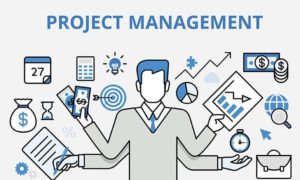
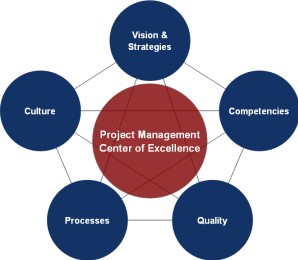
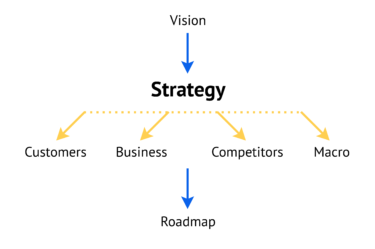
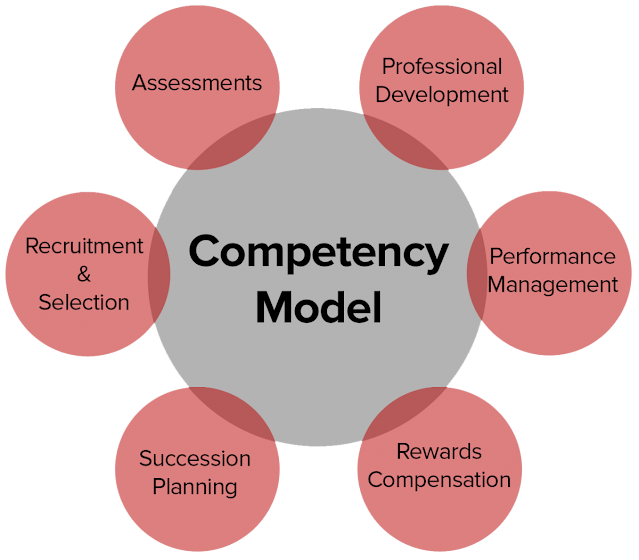
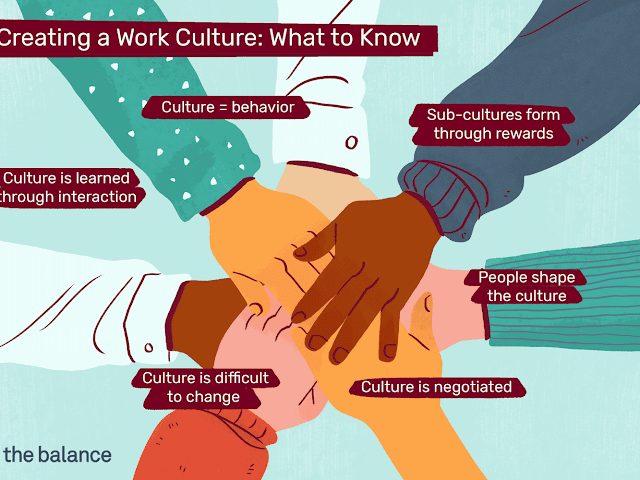
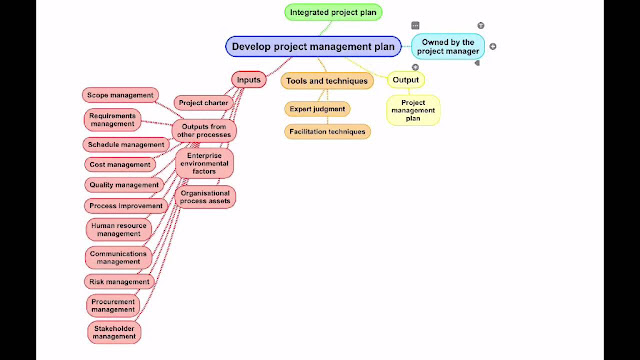
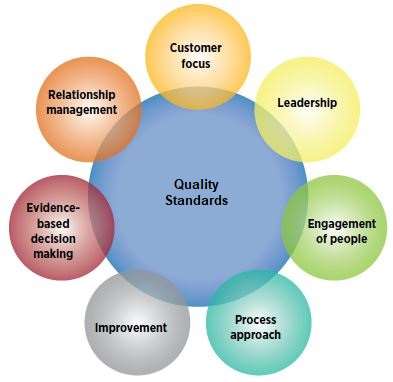
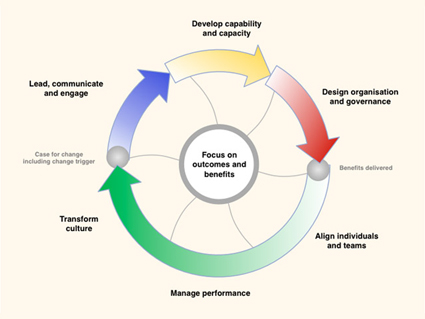

Comments
Post a Comment